
For dogs to maintain their physical and mental health, regular dog exercise is crucial. To avoid injuries, it’s important to select workouts that are suitable for your dog’s age, breed, size, and degree of fitness. The following canine workouts and injury prevention advice:
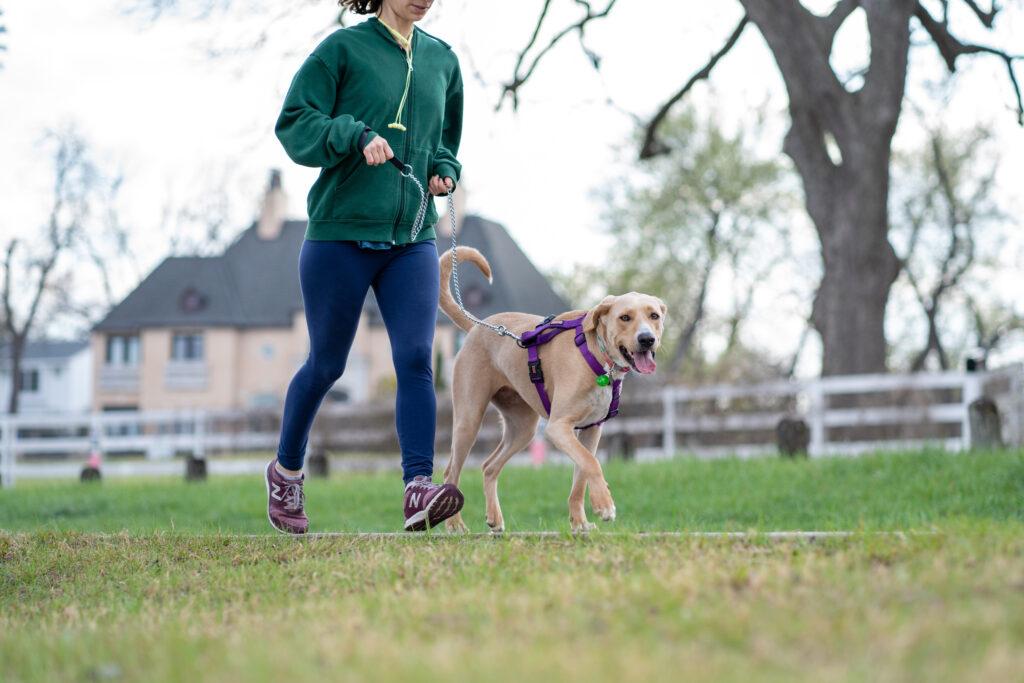
If you are interested in more information you can contact us via our contact page or visit our Facebook page.
Hey guys, this is Nikki Lead Veterinary technician with posh. Today let’s talk about treats. I have so many clients that are taking charge of what their dog is eating, and I want to elaborate a bit on that. In my other blog, we discussed the importance of finding a food that is without corn, wheat, and soy, and finding a good protein as the first ingredient. Some will even go as far as raw feeding, and that is great for those that have the time!
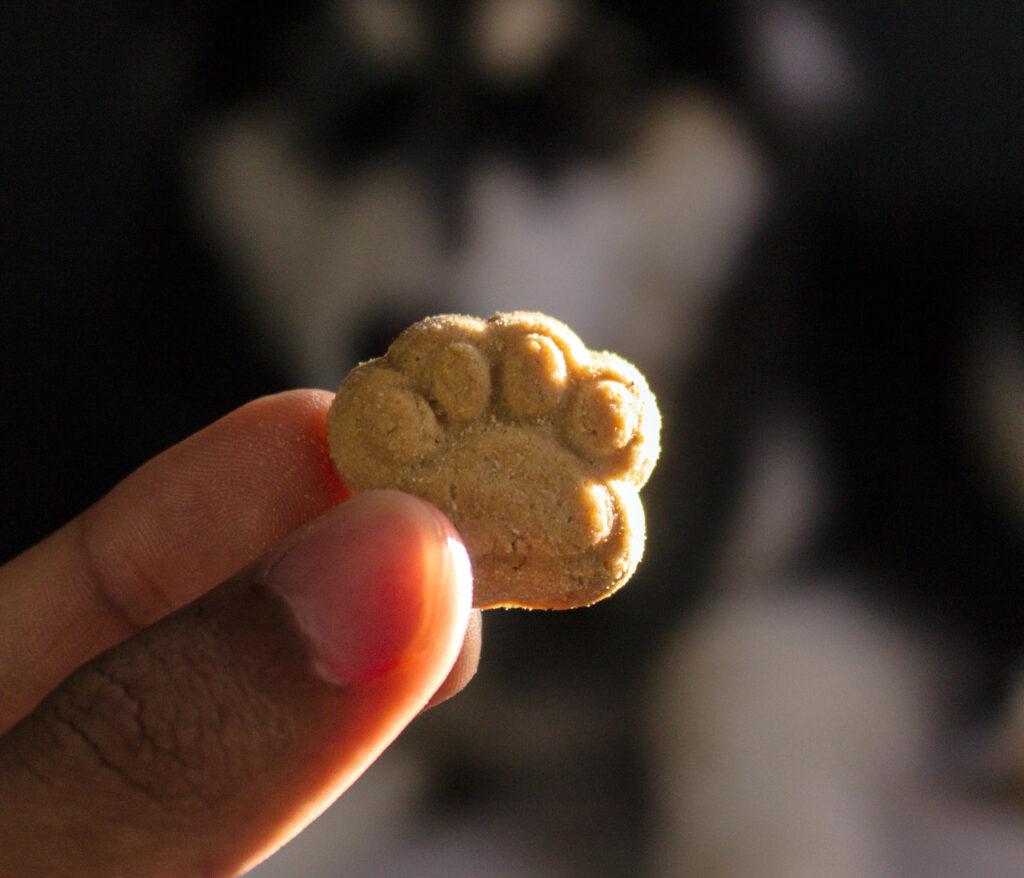
So, you have done all this research, found a dog food that fits your dog’s healthy lifestyle, but they are still showing signs of skin issues, obesity, and inflammation? This means it is time to find out exactly what goes into your dog’s mouth each day, you will actually be surprised how many treats and things your dog actually gets per day.
First off, start by placing a treat inside a bag for every treat you give your dog. If you give them a milk bone for example, you put one into the bag as well. At the end of the day, take note of what you gave your dog, plus what treats you used.
You will be amazed how many people don’t think about treats, and are spending literally hundreds of dollars every month on good quality dog food. Yet, after just one milk bone, you have basically undone all of the good you were doing. Did you know the main ingredient in common dog treats is wheat? That is the first ingredient. The second is some kind of by product, then corn, and so on.
Do you see the problem? Dog’s can’t digest wheat and corn well, and they can cause all sorts of issues with their digestive system. So, please stop giving milk bones to your dog if they have any injuries, itchy skin, or you are trying to get them to loose weight.
Now I am not telling you to stop giving treats, not at all! My sweet girl gets her treats daily, but we give her healthy treats, and are more aware of what she gets. Probiotic treats are great! My all time favorite is freeze dried treats. They are a bit more costly than milk bones, but only have one ingredient! Beef liver, or chicken, lamb, even bison if your dog is food protein sensitive.
So, please look into freeze dried treats, sweet potato, cooked vegetables, or some cooked chicken instead of grabbing those milk bones! Please let me know if you have any other questions! You can reach me at poshintake1@gmail.com , or www.poshdogkneebrace.com. Or you can you visit our Facebook Page for more information.
When looking to buy therapeutic-quality essential oils for dogs, it’s essential to be cautious and choose products that are safe and suitable for canine use. Here are some tips to help you identify and purchase high-quality essential oils for your furry friend:
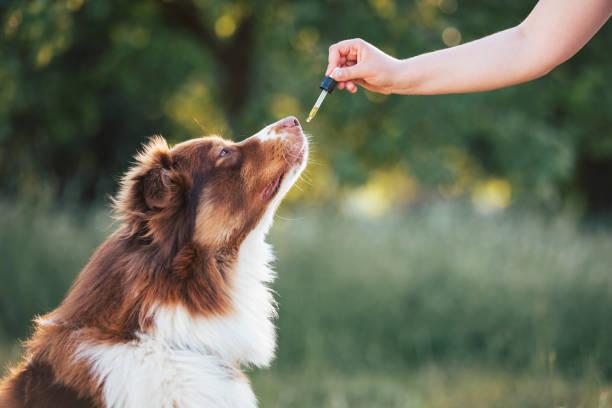
Remember that each dog is unique, and what works well for one dog may not be suitable for another. Always prioritize your dog’s safety and well-being, and seek professional advice if you have any doubts about using essential oils for your canine companion.
If you are interested in a Posh Dog Knee Brace you can contact us via our form or visit our Facebook Page.
Protecting your dog from potentially toxic chewy treats is essential for their health and well-being. Here are five ways to ensure your dog’s safety:

Additionally, consider making homemade dog treats using simple and safe ingredients. Many online resources offer easy and healthy recipes for homemade treats that you can tailor to your dog’s preferences and dietary needs.
Remember, your dog’s safety and well-being should always be a top priority. By being mindful of the treats you give your furry friend and staying informed about potential risks, you can help protect them from potentially toxic chewy substances and keep them happy and healthy. If you have any concerns about your dog’s health or diet and want to know about toxic chewy treats, don’t hesitate to consult your veterinarian for professional advice.
For more information about our Posh Dog Knee Brace contact via our contact form or visit our Facebook Page.
Diabetes in dogs is a chronic metabolic disorder that occurs when the body is unable to properly regulate blood sugar (glucose) levels. It is similar to diabetes in humans and can lead to various health complications if not managed effectively. There are two main types of diabetes that can affect dogs:
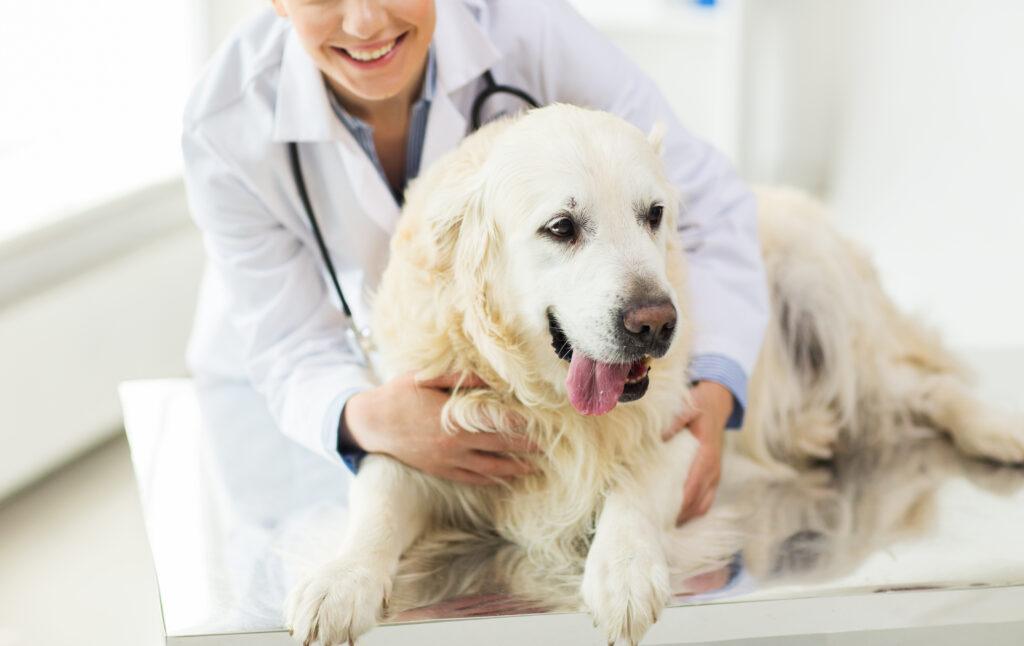
The exact cause of diabetes in dogs is not always known, but certain factors can contribute to its development:
Symptoms of Diabetes in Dogs: Symptoms of diabetes in dogs can be gradual and may include:
If you observe any of these symptoms in your dog, it’s crucial to seek veterinary attention promptly.
Diagnosis and Treatment: A veterinarian will diagnose diabetes through blood and urine tests that measure glucose levels. Once diagnosed, the primary treatment for diabetes in dogs is insulin therapy. Most diabetic dogs require regular insulin injections to manage their blood sugar levels.
In addition to insulin therapy, managing diabetes in dogs involves:
Regular veterinary check-ups are essential for monitoring the dog’s condition and adjusting the treatment plan as needed.
With proper management and care, many dogs with diabetes can lead happy and fulfilling lives. Early detection and intervention are vital for improving the prognosis and quality of life for diabetic dogs.
If you are interested in more information you can contact via our contact page or visit our Facebook Page.
The main difference between a cold pack and a hot pack for arthritic dogs lies in their application and the therapeutic effects they provide. Both cold and hot packs are used to manage arthritic pain and inflammation, but they serve different purposes and are applied at different stages of the condition. Here’s a breakdown of the differences:
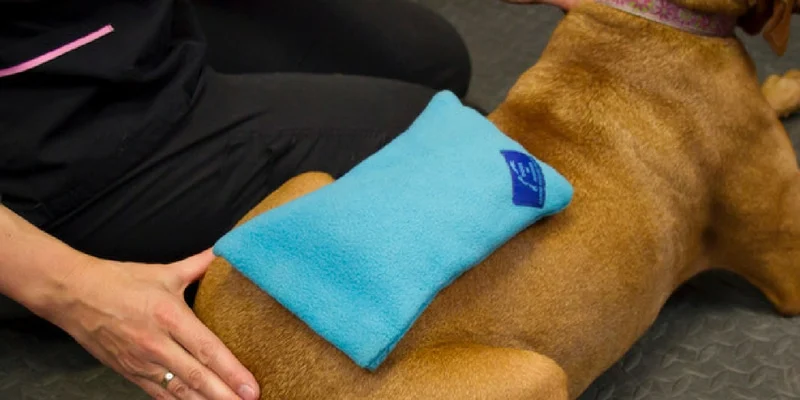
It’s essential to consult with your veterinarian before using either cold or hot packs on your arthritic dog to ensure that it is appropriate for their specific condition and to determine the proper application and duration of therapy. Additionally, other complementary therapies and medications may be recommended to provide comprehensive pain management and improve your dog’s overall comfort and mobility.
To learn more you can contact us via our contact form or visit our Facebook page.
Hey guys! Nikki, Lead Veterinary Technician with Posh Dog Knee Braces here. Let’s talk about the importance of pet insurance. I know I have touched on this before, but let’s explain the benefits, especially where orthopedics are concerned. If you asked me 2 years ago, I did not have my dog’s insured, and thought they were healthy, so it’s a waste of money right? Boy was I wrong. My very healthy 8 year old athletic dog went down suddenly, not wanting to get up or eat. I immediately took her to the emergency vet, where it was diagnosed she had a ruptured splenic tumor.
Let’s just say the bills from this visit were astronomical, and still I couldn’t save my dog. Now I am still paying off a bill for a dog that has been gone for over 2 years now. I can’t blame the vet, they did everything they could to save my girl. I can only blame myself, because I knew about insurance for her and still held off.

Now with my new girl Coco, we immediately got pet insurance. She has had cheat grass in her ears, tummy infections, and everything was covered. I would be another few thousand in debt if I did not have insurance on my girl.
Let me tell you about a family member’s dog. He developed a cough, which turned out to be the start of heart failure. To treat him for just 2 days, in order to get him stable to go home, was over $5,000. They were not ready to say goodbye to their fur baby, and of course put this on their credit card. They are now into their dog about $10,000. He is doing much better, but they will also be paying for his care many years after he has passed.
My insurance will cover up to 90%, leaving only $97 if I ever need a custom posh brace for Coco. Now that $35/month is sounding better and better I bet. Or, if your dog has any other orthopedic issues, such as luxating patella, shoulder issues, spinal issues, those are all covered.
I have another scenario that happened to a client’s dog. He was diagnosed with degenerative disc disease, common in daschunds and other small breeds, and one day could not walk on his hind legs. He needed emergency surgery, which was over $10,000, in order to walk again. Thankfully the owner had insurance, and was able to do the surgery with under $1k out of pocket. He went on to live another 5 years, running and playing like nothing happened.
So, I urge you, if you are on the fence about insurance, please take some time to call a few companies. There are many to choose from now, and most are very affordable. Much more affordable than a monthly credit card bill for treatments. Don’t let money ever be the reason to say goodbye to your best friend. Feel free to reach out to us if you would like some suggestions on companies that we know work with braces. Thanks!
You can contact us via our contact page or you can visit our Facebook page to talk to others who have used our brace.
Hey guys, this is Nikki Lead Veterinary Technician with Posh Dog Knee Braces. Today let’s talk about exercise in our cute little furry babies that we all love! Puppies are so cute, running around with those giant feet that don’t seem to match their bodies. Have you noticed how puppies tend to be very clumsy? Always falling over, tripping, slipping on hard surfaces? We think it is cute, but did you know there is a reason? Let’s talk about that today.
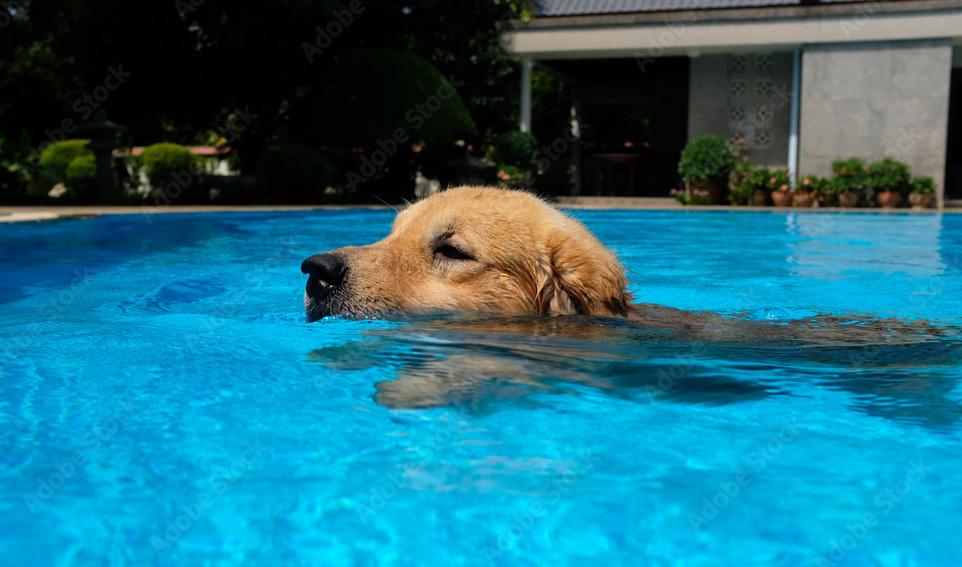
Did you know that a puppies bones do not even touch when you bring home that cute little 8 week old puppy? Their little joints are made of muscle, tendons, and ligaments with skin covering. Nothing is fitting tightly like a true socket. It can take 4-6 months for the joints to start developing, and 8 months and up for those growth plates to start to fuse. Some large breeds take 15+ months for their growth plates to finish. What does this mean?
This means that we have to be very careful as to not run a young dog excessively. This means restricting and supervising your puppy’s exercise, to stop them from being over-active. Each time they have a big jump, or an excessive run, this causes impacts between the bones. In a reasonable amount this is not a big deal, and is completely normal play. However, if you are letting your puppy jump up and down off furniture, taking them on long walks and hikes, you can potentially be damaging those forming joints, and this could cost you in the near future.
You see that puppy scrambling on the tile with no traction, and think it is a funny tik tok video, right? This is actually damaging their joints. Puppies need traction. Sliding into things, and scrambling, is not normal for a dog. Think about their wild ancestors, do you think their pups are walking on tile and sliding all the time? Nope! Neither should our pups. Every time that pup does the splits, you risk tearing the tendons in the hip. These can not be fixed.
There are far too many puppies having an FHO (where they have to remove the femoral head) due to slipping on surfaces. Either get your puppy toe grips, or have runners all over for them not to slip and slide.
You only have one chance to let your puppy grow in a healthy way. Once grown, you will have a lifetime to spend playing and engaging them, showing them, doing activities. So, keep it calm while they are still growing, engage them in fun safe activities. Taking them to puppy school is a great way to bond and get the wiggles out. Teach them commands and how to walk on a leash.
Puppies who are much to active have much higher chance of developing osteoarthritis, ligament tears like the CCL, patella issues, hip injuries and issues, and much more. I am not saying you can’t play with your puppy, but taking a 4 month old on a mountain hike is too much. Learn about what they should be developmentally doing at this age. Ask your Veterinarian or staff for help. Feel free to email us with any questions, we give free consults you can contact us via contact form on our website or visit our Facebook Page for more information.
Improve his life and yours with our custom crafted dog knee brace. It’s much more effective than a ready to wear or a soft dog ccl brace.Order yours today at Posh Dog Knee Brace or call us at 509-412-3065.
Acupuncture for dogs is a form of alternative or complementary therapy that involves the insertion of thin, sterile needles into specific points on the dog’s body. The practice of acupuncture is based on Traditional Chinese Medicine (TCM) principles, which believe in the flow of energy or “qi” (pronounced “chee”) along specific pathways called meridians. When the flow of qi is disrupted, it can lead to imbalances and health issues.
The goal of acupuncture for dogs is to restore the balance of qi and promote the body’s natural healing abilities. The insertion of needles into the acupuncture points is believed to stimulate nerves, muscles, and connective tissues, which can trigger various physiological responses. These responses may include the release of endorphins (natural painkillers), improved blood circulation, and the reduction of inflammation.
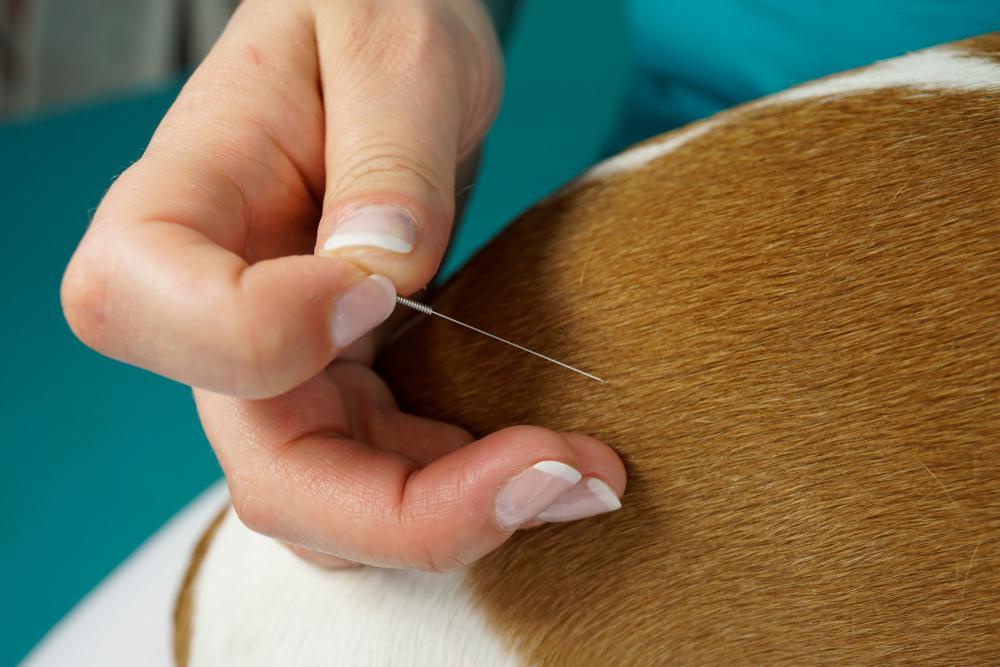
It’s important to note that while acupuncture for dogs can be beneficial for many dogs, it is not a replacement for traditional veterinary care. Always consult with a qualified veterinarian before pursuing acupuncture for your dog. A veterinarian who is trained in veterinary acupuncture or a certified veterinary acupuncturist (CVA) will be able to assess your dog’s condition and determine whether acupuncture is a suitable treatment option.
During an acupuncture session, the dog typically experiences minimal discomfort, and many dogs tolerate the procedure well. The number of sessions required will depend on the dog’s condition and response to treatment. If you are interested in trying acupuncture for your dog, seek a qualified professional who has experience in providing acupuncture for animals and who can ensure the safety and well-being of your pet during the treatment.
If you have any questions acupuncture for dogs or about our Posh Dog Knee Brace you can contact us via our contact form or visit our Facebook Page.
Rehabilitation therapy, also known as physical therapy or physiotherapy for dogs, offers a wide range of benefits that can significantly improve their overall health, mobility, and quality of life. It is especially beneficial for dogs recovering from injuries, surgeries, or managing chronic conditions.
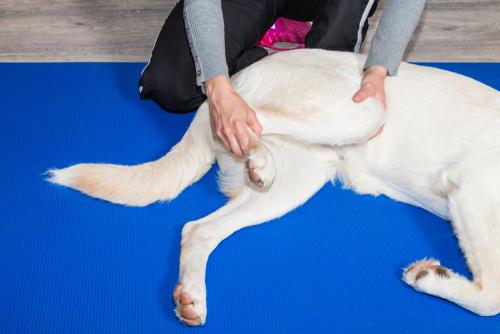
Rehabilitation therapy for dogs is typically provided by licensed veterinary professionals, such as certified canine rehabilitation therapists (CCRT) or veterinarians with specialized training in physical therapy. If you believe your dog could benefit from rehabilitation therapy, consult with your veterinarian to discuss the best options for your dog’s specific condition and needs.
If you are interested in a Posh Dog Knee Brace visit our store page to purchase and if you need more information or would like to keep up to date on new things with Posh Dog Knee Brace visit our Facebook page.
Stretching your dog can indeed help reduce the chance of muscle tears and improve their overall flexibility and mobility. Just like humans, dogs can benefit from regular stretching exercises to keep their muscles and joints supple and healthy. Here are some important points to consider when stretching your dog:
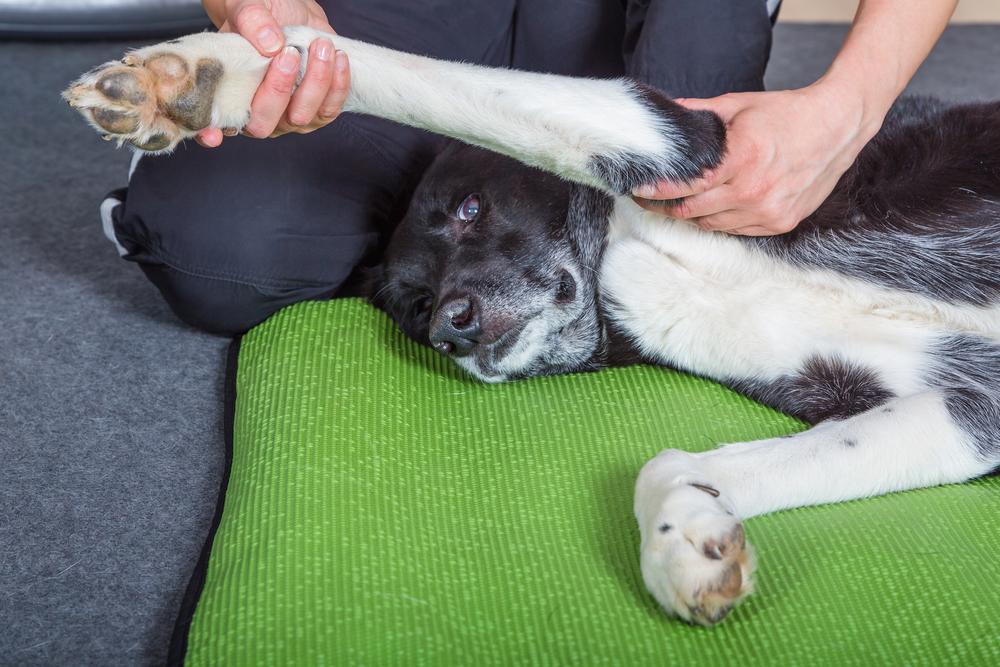
Stretching is just one component of overall canine fitness and injury prevention. Regular exercise, appropriate nutrition, and routine veterinary check-ups are essential for maintaining your dog’s overall health and well-being.
If you need any more information about what exercises you can be se to help your dog with their muscle tears you can contact us via our contact form, or visit our Facebook Page. If you would like to purchase a Posh Dog Knee Brace you can place your order on our store page.
Finding relief for arthritis in dogs involves a combination of veterinary care, lifestyle adjustments, and supportive therapies. Arthritis is a degenerative joint disease that causes pain and inflammation in the joints, and it is common in senior dogs and large breeds. Here are some ways to help relieve arthritis in dogs:
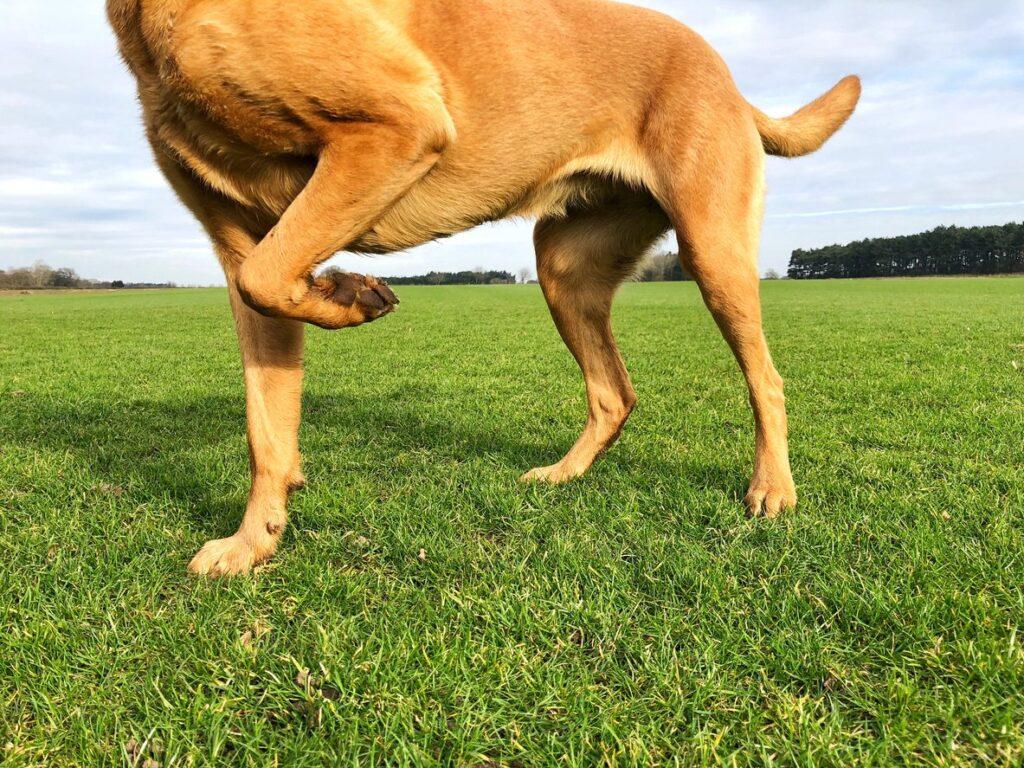
Remember that arthritis is a chronic condition, and while these measures can provide relief and improve your dog’s comfort, there is no cure for arthritis. Regular veterinary check-ups and ongoing management are essential to support your dog’s well-being and manage the progression of the disease. If you would like more information about our Posh Dog Knee Brace contact us via are contact page or visit our Facebook page.
Dog kibble has an average shelf life of 12 to 18 months, but once it’s been opened, you must employ proper storage to prevent the dog food from spoiling.
Although dry dog food, also referred to as “kibble,” is recognized for having a lengthy shelf life, how long does it actually last? If a bag is opened, it should be consumed within four to six weeks, provided it is stored properly.

Unopened kibble bags typically have a shelf life of 12 to 18 months. Based on the date the product was made, the “best by” or “use by” date printed on the original box was chosen. Although dry dog food doesn’t legally expire, the “use by” or “best by” date could be seen as an expiration date.
Some nutrients, such as vitamins, begin to naturally deteriorate over time. Nutritionists are fortunately well aware of this. Nutritionists make sure that essential nutrients are added in amounts high enough to offset these natural losses while creating a food. By doing this, even as the food nears the end of its shelf life, it will continue to be balanced and complete for your dog. The kibble should, however, be consumed within four to six weeks of being opened.
The manner you keep your dog’s kibble can affect how quickly their dry food spoils. Conditions that speed up deterioration include:
After opening a bag of kibble, keep it tightly wrapped in the original bag it came in or within an airtight container to ensure maximum freshness. Food’s fats oxidize more quickly when exposed to air and oxygen, which causes the food to become rancid. Kibble must always be kept in a cold, dark place because exposure to light and heat speeds up this process.
Of course, the dry food for your dog needs to be kept dry. Food that has been exposed to moisture or is very humid may develop mold, which your dog may eat and consume hazardous poisons. While freezing your dog’s dry food will help prevent fat rancidification, it is not advised because it might cause condensation and moisture buildup inside the bag when defrosted.
Although dry dog food has a fairly lengthy shelf life, it is your responsibility to guarantee its freshness after it has been opened. When selecting a bag size, use correct storage techniques and take your dog’s food consumption into account. Choose a size that will be completed four to six weeks after it is opened. These procedures will make it easier to guarantee that your dog constantly gets fresh food each day.
If you would like more information about our services or products you can contact us through our contact page, also don’t forget to check out our Facebook Page for more information.
Let Your Dog Recover With Our Custom Dog Knee Brace!
We’ve Helped Dogs All Around The World, Now We Want To Help Yours…
Hey guys, this is Nikki the lead veterinary technician with Posh Dog Knee Braces. Today, let’s talk about how being overweight can affect our joints. As you know, the more weight we have, the more pressure we put on our joints and internal organs. This can put the body in a state of inflammation, as well as predispose us to many ailments and orthopedic issues. We are making our joints work much harder, which starts a vicious cycle on inactivity. The more the joints are sore, the less your dog will want to walk, which can cause the muscles to atrophy. Pretty soon we have a pup with less muscle, and much more prone to physical injuries like CCL tearing.
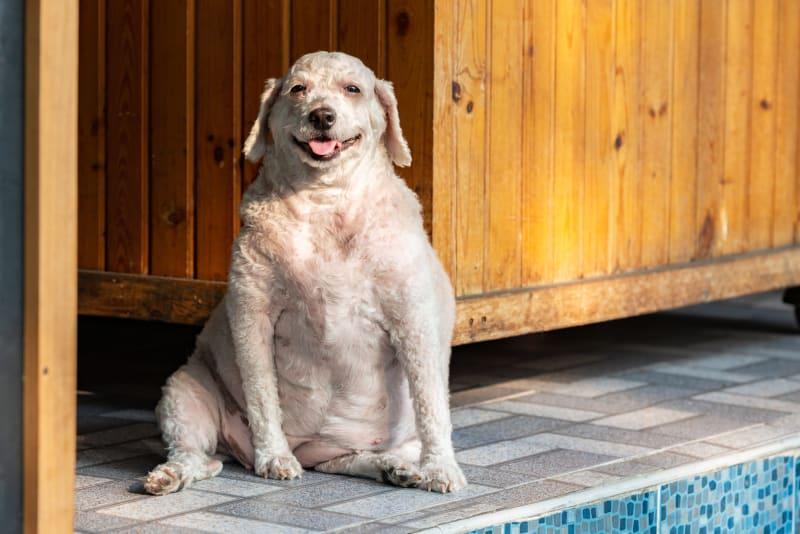
Not only does weight gain affect the organs and joints, but it also can shorten life expectancy by quite a bit. Unfortunately, this is not going to be a quick fix situation. It is much easier to get the weight off a younger dog than one that is aging. Prevention is much easier than treatment, especially if your dog is spayed or neutered, which can increase the chances of becoming overweight.
If your dog is in the top weight percentile, and does not yet have any limping issues, it’s time to get serious about weight loss. Things you can do first is check everything that you are feeding your dog every day. I want a list of each and every treat, kibble, and snack. Small things like swapping daily treats for a carrot or sweet potato stick, ect can help, as well as increasing exercise. If you have a dog that does not like to exercise, starting slow is key. Maybe 15 minutes a few times daily will really help. It is important not to skip exercise. Walking and swimming is great.
Second, changing diet is next. If you are feeding a diet that has a lot of carbohydrates, and less protein, it may be time to switch. I like diets with a good quality protein source, not by products. Make sure you are not feeding grocery store foods, unless you absolutely have to. There are many good quality foods out there. If you are already feeding a good quality food, make sure you are not feeding too much.
If you are not sure what to be feeding your dog to help, please consult with your veterinarian, maybe schedule a time to go over the nutritional needs of your dog with your Dr. or a veterinary technician. They may have a specific diet they recommend.
If you have an overweight dog that already has a limp or headed for a CCL tear, but not there yet, then I would strongly suggest finding a physical therapy clinic, one with hydrotherapy. This will help strengthen the leg, and loose weight.
Please call or email with any questions! www.poshdogkneebrace.com or visit our Facebook Page.
Your dog may induce a yeast infection by repeatedly licking his painful paws, which can spread on its own and result in even more itch and suffering.
On canine skin, spore-producing yeasts or fungi typically coexist without posing a threat, but they occasionally have the potential to become out of hand. When this occurs, a dog’s paws get extremely itchy and the dog starts to lick them. They can quickly turn red and inflamed, have a cheesy, musty, or pungent smell, and develop a brown discharge in the nail beds.
Malassezia pachydermatis, a type of yeast that thrives in warm, humid settings, is typically to blame. The most common reason of this overgrowth is allergies, which also cause itching and cause the dog to lick his feet, which leads to moisture buildup and skin damage, which is what causes the yeast overgrowth. Additionally, a cut, abrasion, or other paw injury might cause licking and a Malassezia infection.
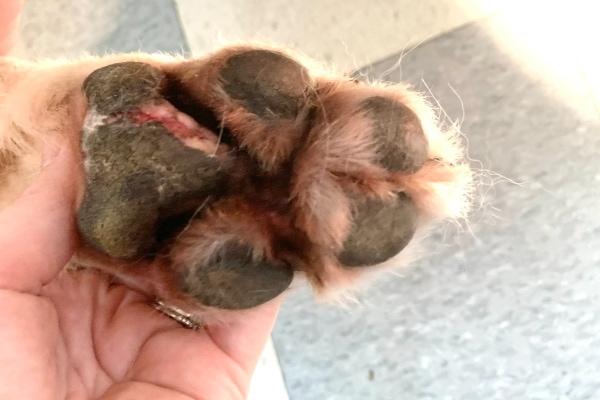
The looks and smell of the dog’s paws make it simple to diagnose a yeast infection, but a veterinarian can also make sure of this by looking at some of the dog’s skin cells under a microscope.
Dogs with creases in their skin, too much hair between their toes, underlying medical issues, or immunological illnesses may be vulnerable. Bulldogs, Cocker Spaniels, Basset Hounds, Retrievers, Shih Tzus, Poodles, English Setters, West Highland White Terriers, English Springer Spaniels, and Dachshunds are the breeds most frequently affected by paw pad yeast infections.
Yeast infections are typically secondary, not primary, meaning that they appear after another condition has compromised the dog’s overall health and allowed yeast cells to grow. When a dog develops recurring infections, the veterinarian will seek for indications of an underlying medical issue that may be aggravating the disease. Recurrent Malassezia infections have been linked to a variety of illnesses, including hypothyroidism, Cushing’s disease, food allergies, an autoimmune disorder, and skin cancer.
Chlorhexidine, miconazole, ketoconazole, and itraconazole are medications that treat canine yeast infections; these should be administered as directed by your veterinarian and may involve soaking the affected paws. After treatment, be sure to completely dry your dog’s feet. You may prevent yeast infections from spreading by keeping your dog’s feet dry and clean and visiting your veterinarian as soon as symptoms develop.
Oral antifungal drugs like fluconazole or itraconazole, which inhibit yeast cells from reproducing systemically in severe or recurrent instances.
Ineffective and unsupported by clinical research are common home therapies including vinegar foot soaks, Epsom salt baths, hydrogen peroxide, and witch hazel sprays. Other untested methods include switching to a “yeast-free” or “anti-yeast” dog food or limiting the amount of carbs in your dog’s diet. You can also add yogurt, probiotics, or coconut oil to your dog’s meal.
Making dietary improvements for your dog is a better nutritional strategy. His skin’s health can be enhanced by feeding it higher-quality protein sources and other substances, which will build its defenses against fungus and yeast. A food elimination trial is also necessary if food allergies are suspected; ask your veterinarian for advice on how to carry out a successful food elimination trial.
If you have any questions or would like more information please fill our or contact form for visit our Facebook Page.